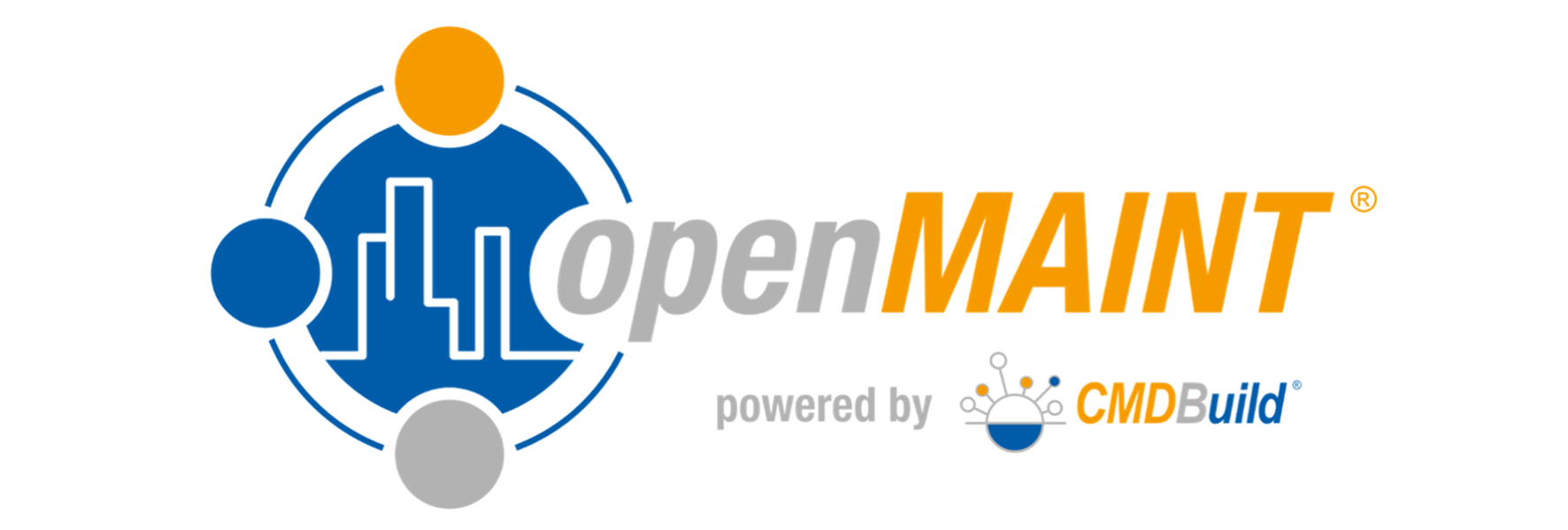S.I.C.R.AL. Management and Control Center - Defense Forces (Italy)

A project based on CMDBuild has been developed and implemented at the S.I.C.R.AL. Management and Control Center (S.I.C.R.AL. means "Sistema Italiano di Comunicazioni Riservate ed Allarmi": "Italian System for Classified Communications and Alarms"). The Center, located in Italian Air Force Airport of Vigna di Valle (Rome) has 3 buildings, where satellites are controlled and all the communications for the Italian Army Force are managed. The Center is responsible for ensuring the technical and operational management of S.I.C.R.AL. systems, for guaranteeing rerouting of communications in case of failure of the integrated Earth network, for providing technical support for the spatial aspects, supplying -in case of needs- services to the allied missions and giving a communication media for all agencies, military or civilian, national or international.
The S.I.C.R.AL. structure is composed of 2 parts, the space segment and the ground segment, and of 3 main branches: the Space System Control Department, the Communications Control Department, the Logistic Department.
Cpt. (Navy) Primiano Testa, Director of Italian Defense Satellite Center, for the CMDBuild DAY 2016 made an introduction about the project of development, then Engineer Alessandro Grillini entered more in technical details of the project.
The program started in the late 90ies but the Center began its operations in 2001 when the SICRAL1 Satellite was launched, in 2008 the Center was extended with a new building, in 2009 the SICRAL1B Satellite was launched, in 2014 the ground segment for the communications was extended to manage the Athena-Fidus Satellite, in 2015 the SICRAL2 Satellite was launched, then the OPSAT 3000 Satellite is going to be launched in the near feature.
After years of continuous growth, the proprietary Legacy Systems was not interconnected, Desktop Applications were stand-alone, process and information flows were unstructured and not automated and handled in different systems, some information were redundant but inconsistent, etc.
In 2008 the challenge was to adopt a new system, to replace all the legacy and standalone ones. The new system would have combined the functionalities of the Legacy Systems replaced and been ready to implement new ones, the data in the new system would have been structured and stored in a normalized database. The main features that the new system was supposed to have were: be web connected, accessible by means of common web browsers, provide custom processes automation, advanced document management, reporting and business intelligence capability, be interoperable with other system, be based on open non-proprietary standards, be extensible and customizable.
There were no commercial off the shelf software responding to these requirements, so the new system had to be implemented from scratch. The systems in use in the center were proprietary software, so only the owner could change it, with very high costs, in very long time, with a high bureaucracy. So, it was taken the decision to implement the new system insourcing. In 2009 a development team was built; the project was named “LogiConf” (for Logistic and Configuration Management) and the solution chosen was CMDBuild. It has been “love at first glance”, since CMDBuild met all our requirements and also some features were already included, without the need to implement. Two slides of a Tecnoteca presentations also convinced us about the choice, they said “CMDBuild is a White-Board… that you can fil using a set of predefined mechanisms”, and “Each user draws its data model and gets its own CMDB management application”.
It has been very fast to configure our model in CMDBuild, we adopted an incremental approach, we configured classes and relations in CMDBuild and these were available in very short time (less than a week from analysis to production). Day by day the model grew impressively fast, when model was configured we started implementing reports and workflows. Reports implementation in CMDBuild is simple, usually a new report is in production in a few days, while the workflow implementation is a more complex activity.
The LogiConf Project replaced the Legacy Systems that have been decommissioned, it is used in production by 140 active users, and today the project is still alive for further implementations; the development team is involved in maintenance activities, a lot of functionalities have been implemented, others will be implemented.
As mentioned, what we wanted at the beginning was to have Logistics and Configuration Management, with CMDBuild we got the result and also managed to implement as well the following areas: Administrative, Process Automation, Reporting, Documentation, Human Resources, Help Desk, Researches.
Just to make an example about Reporting area, the Annual Reports, which previously were filled manually by the Command Office in a week of dedicated work, now are produced automatically in a few seconds.
Some numbers about the project: the Data Model has 304 classes, 205 Domains, there are more than 144.000 cards and 400.000 relations between cards.
It’s also important to mention that Tecnoteca is improving CMDBuild day by day, and some of the features added later on were important for us to implement new and better functionalities in our solution. This also confirms that CMDBuild has been the right choice!
See the complete speech of Cpt. (Navy) Primiano Testa and of Engineer Alessandro Grillini at CMDBuild DAY 2016
You need to enable youtube cookies to see this content.
Please enable them or manage your preferences

